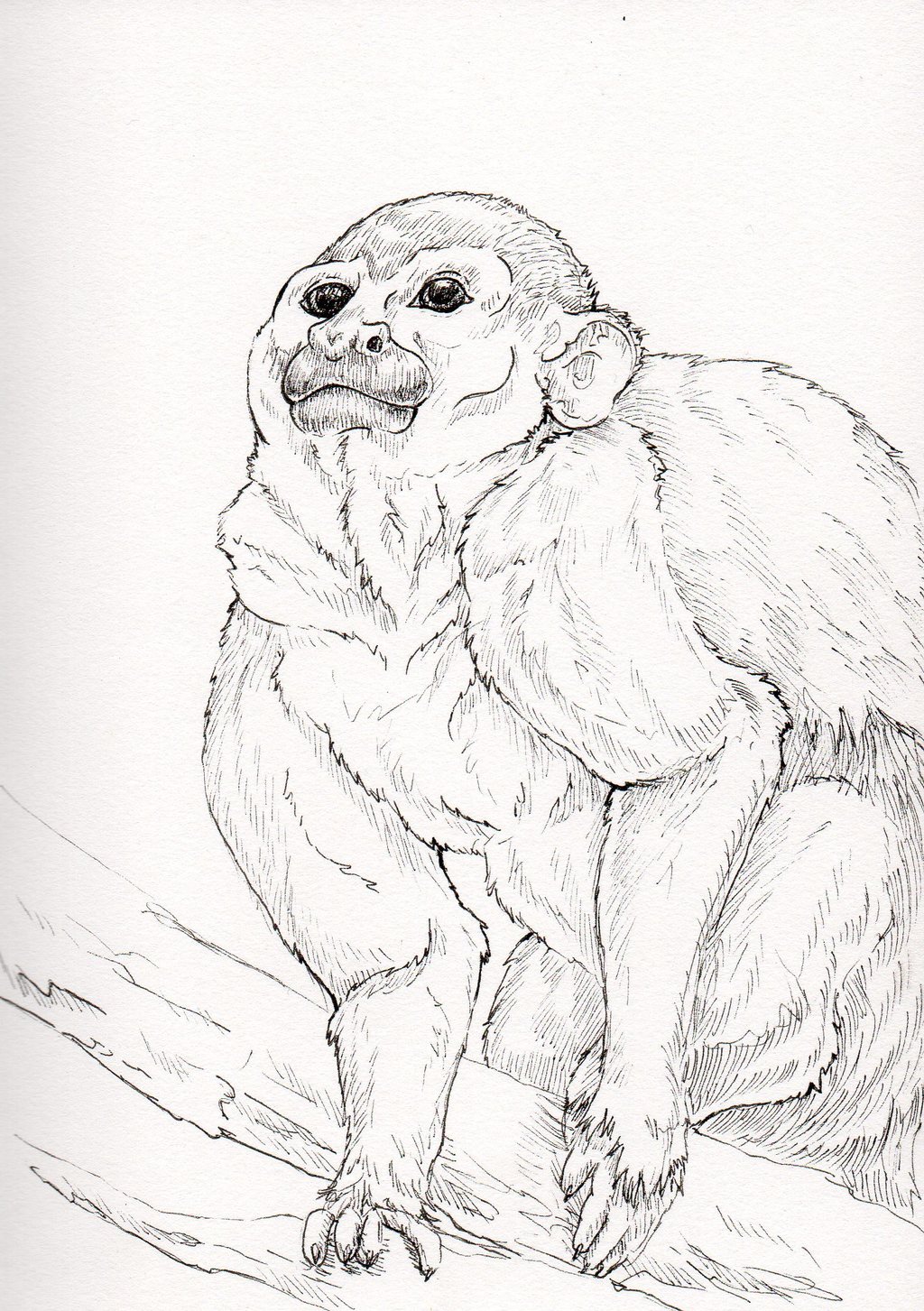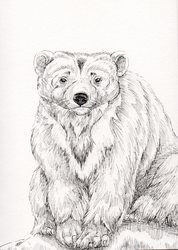Sign In
CloseTotem of the Day is Monkey! As there are many species of Monkey, this information is a general look at the Monkey totem as a whole. Always research specific species in order to gain a deeper understanding and connection with your totem. As Monkey totems show up, this is a sign to let yourself be open minded to new perspectives rather than letting yourself get stuck in the same strict mindset. Now is a time when you are in close contact with the Nature spirits which will help you in the coming time. However, be sure to remember the importance of communicating clearly and honestly through both speech as well as body language. As you let yourself be open to new thoughts, let yourself or the way you achieve your goals change when presented with new information. Be flexible and accept things as they are in order to find solutions for any problems you are having. The Monkey totem is known for it's connection to intelligent, adaptability, playfulness, and mischievous behaviors. When Monkey shows up, it is often a reminder to build and use our knowledge without letting our mind's become stagnant. This can include adding more playful, lighthearted behaviors to our routine as well as opening our minds to new information. Monkey also reminds us to be a part of a community and contribute to helping others around us. Don't let your penchant for trickery get the best of you, but remember your maturity and keep your jokes on a positive scale. Monkey reminds us to defend those we love and to remember our traits of honor, understanding, compassion, and curiosity for knowledge. The Hindu God Hanuman the Monkey was revered for his bravery, loyalty, dedication to justice, and strength with strong connections to the wind, thunder, and sun. The Chinese held Monkey as a member of the Chinese Zodiac with high importance. They saw Monkey as the "Great Sage Equal to Heaven.". In Japan, they saw monkey as a messenger to the Gods or as a physical manifestation of a God. The Saying "Speak No Evil. Hear No Evil, See No Evil" is thought to have begun at the Hiei Shrine at Mt. Hiei located northeast of Kyoto, Japan. The Mayans of Guatemala and Mexico saw the Howler Monkey God as a God of the arts such as music, scribes, and sculptors. People who connect with Monkey are straightforward and skilled communicators with the ability to move with grace and fluidity through life. These individuals are intelligent, curious, and adaptable. They often use these skills to work through problems with creative solutions and are eager to learn about anything they find. Being highly social, these types often feel recharged and energized after being around others.
Monkey, Cercopithecidae( Old World) or Platyrrhini (New World), are omnivorous mammals that can live up to 30 years in the wild depending on species. These creatures live all over the world with a preference for jungle and forest habitats of the Southern Hemisphere. With over 260 species, monkeys can come in a wide range of sizes, colors, and shapes. They can be categorized into two groups: Old World Monkeys from Asia and Africa and the New World Monkeys from the Americas. While they share many features, there are a few key differences between the two groups of monkey. The Old World monkeys have special pouches in their cheeks which can store food, rump pads, and small, curved nostrils set close together. The New World monkeys do not have rump pads, possess long prehensile tails, and round nostrils set far apart. The monkey featured in this illustration is a Squirrel monkey belonging to the New World group and native to the forest canopies of Central and South America. The smallest species of monkey would be the Pygmy Marmoset which weighs a mere 4 ounces and grows to only 5 inches tall. On the other hand, the largest species of monkey is the Mandrill which weighs up to 77 lbs and stand as tall as 3 feet. The majority of monkey species prefer to live in forests regions among trees, however, there are a few species such as the Baboon and Patas monkeys that live in savannas or the Macaque or Langur species that prefer mountainous regions such as the Himalayas. Being highly social, monkeys will gather into groups called tribes, troops, missions, or cartloads. These groups usually have males as the leader who, in some species, will breed with multiple females of his troop. Generally, all monkeys in a troop will help to care for the young and will spend many hours playing, grooming, protecting, and cuddling one another. Communication within troops takes the form of both vocal noises and body language. A grinning monkey is often a sign of aggression while grooming is a sign of affection and attempting to make peace or bonds with others. The loudest monkey is the Howler monkey which can howl loud enough to be heard as far as ten miles away. Yawning can indicate being tired, but also can be a sign of anger in revealing their tough teeth. The diet of a monkey consists of nuts, seeds, flowers, fruits, insects, spiders, bird's eggs, and small lizards. Larger species will prefer to dine on small birds and mammals. Contrary to popular media, monkeys who eat bananas will actually completely peel a banana before eating the insides. Never eating it with the peel still attached. These intelligent animals are able to know when certain fruits will be available to them through the change of seasons. Their consumption of fruits helps to spread seeds throughout the forest as they move and eat. Some species will also eat bark or twigs as well as the sap of trees. Courtship and breeding occur differently with various species. Mothers will always care for their young after birth. Often allowing babies to cling to them as they move and feed. If the species of monkey are monogamous, then both parents will take turns caring for their baby. On average, a young monkey will reach adulthood around four or five years old. Other features of monkeys will change depending on the species such as size of their eyes, fur length, facial structure, group dynamics, and specialized features for their specific habitats and feeding habits. It is worthwhile to research additional species to find out the amazing variety of features and habits.
Submission Information
- Views:
- 374
- Comments:
- 0
- Favorites:
- 0
- Rating:
- General
- Category:
- Visual / Traditional




